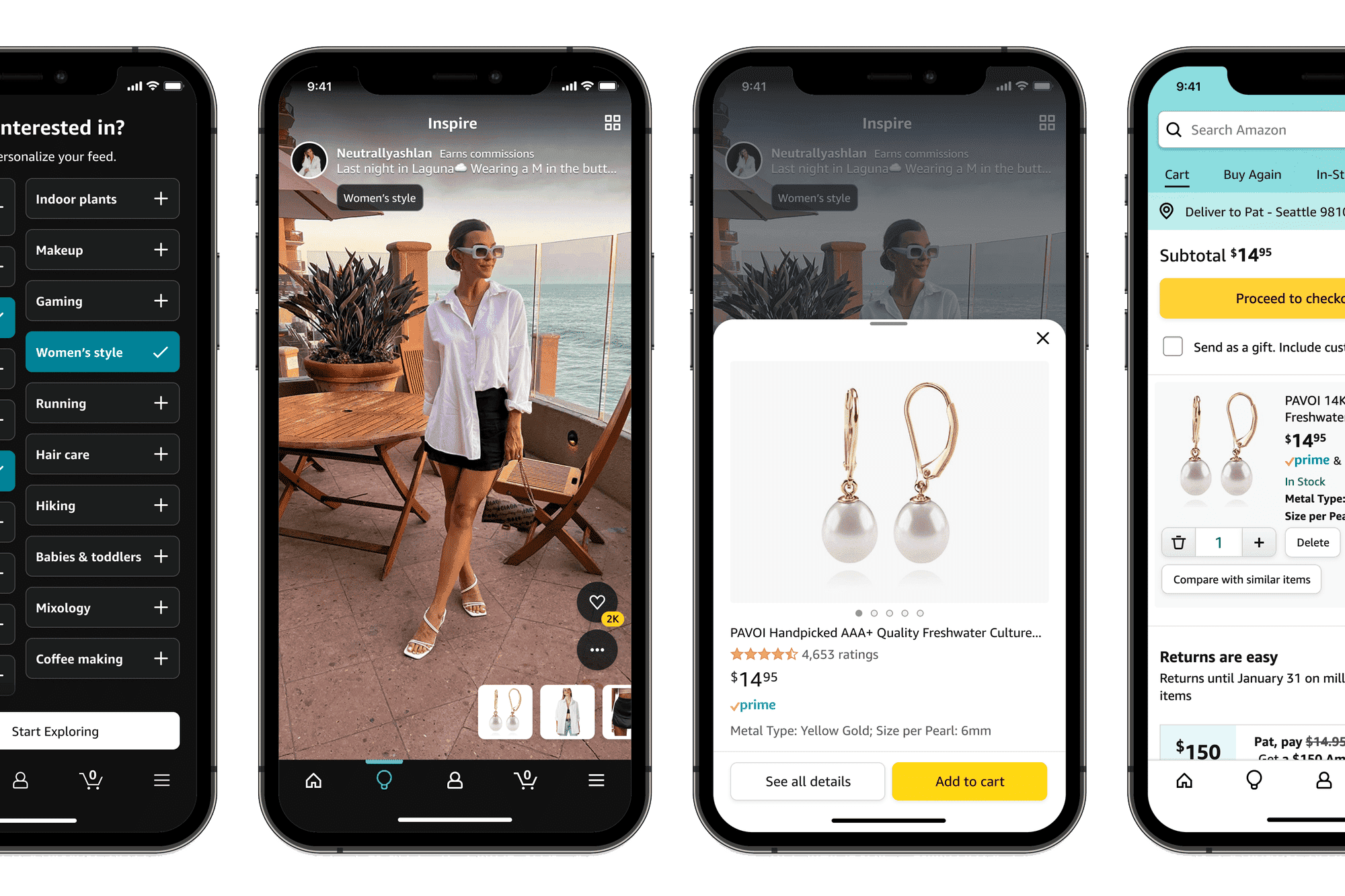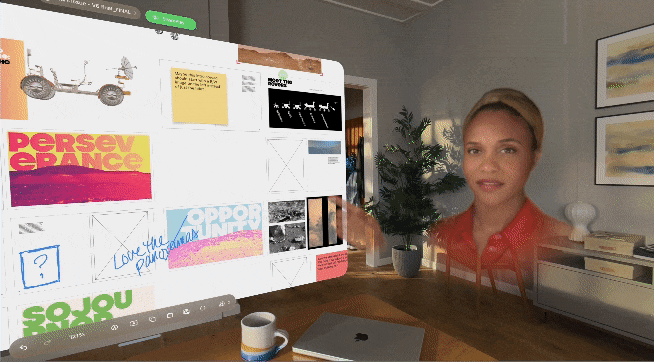We’ve all seen them. On billboards, in magazines, even on food and drinks packaging – they’re the little black and white pixelated squares that grant you access to exclusive content. But while those in marketing may hail the genius of QR codes, do consumers really share their enthusiasm?
For years now, marketers have been touting the brilliance of the QR code —largely for its ability to track the number of scans a print ad has had, and as a shortcut that connects users with additional content.
But the pick-up rate among consumers hasn’t matched marketers’ enthusiasm. Mintel’s Mobile Payments US report found in February 2012 that 22% of smartphone users are not familiar with QR codes, and while 30% expressed familiarity with them, they have never scanned one.
To be fair, QR codes are a great concept. They’re the bridge between our physical and digital worlds, a direct path to additional information about the car advertised in the magazine (and only for those who want it, sparing those who don’t). They promise to keep our magazine pages clutter-free and our thumbs free from repetitive strain injuries—the ultimate immediate, seamless and pain-free experience.
“Consumers will only embrace QR codes if they are well integrated into their daily lives and help them fulfil their goals.”
So given these benefits, why hasn’t the matrix barcode taken off?
Well, while the little black and white square promises quick access to information, the sales pitch lacks oomph. Part inherent in its design, part in its execution, the QR code has a few limitations:
Visually uninteresting: Too many QR codes are slapped onto print ads as if they were an afterthought. They sit in the corner, quietly waiting for a curious by-passer to whip out a smartphone to scan them.
Not a cue to what’s coming up: On top of lacking a visual pull, many QR codes are used without clearly stating what’s in it for the user. QR codes appear like a quick route to a digital place—an unknown place, that is. To top it off, only 31% who have scanned a QR code say that what they received was worth it, according to research from strategic marketing firm Russell Herder.
As it is, the utility of QR codes is mostly one-dimensional: It saves users time from typing a full web address into a smartphone. That’s a perfectly decent reason, but it’s not enough.
QR codes need to be fun, surprising, engaging. They need to relate to the real world, rather than think their purpose in life is to serve as a shortcut into the digital realm. They need to understand the context in which they exist, so that their utility is heightened.
Thankfully, the flat QR code has recently seen some sparks of innovation:. Guinness recently distributed a set of pint glasses to bars. Not just any regular pint glass, but ones with white pixels imprinted on clear glass so that when the dark beer is poured in, the QR codes get filled out. Once it materializes, users can scan the code, which automatically checks them into Foursquare while tweeting about it.
South Korean retailer Emart harnessed the power of the sun to activate a white three-dimensional QR display. To promote its one-hour shopping sale, the retailer created a QR code that would come to life only at noon. At precisely midday, the sun would shine overhead on the three-dimensional display to cast dark shadows at critical spots, bringing the QR code into existence for one hour.
These transient expressions of the QR code inject an element of surprise and fun into the predictable task of code scanning.
In addition to using whimsy as a bait, the tiny boxes are being put to good use for unexpected times.
French service Code d’Urgence co-opted the QR code to deliver medical information to emergency personnel at critical times. Subscribers to the service must fill out a medical questionnaire detailing their medical history and emergency contact information (which must be verified by a doctor).
The information gets embedded into 10 QR code stickers—ready to be pasted on motorcycle helmets, extreme sporting apparel or just ID bracelets. The code lends an air of privacy to sensitive information, masking medical details from passers-by, but present and available when needed most critically.
Home improvement retailer Home Depot has begun tagging garden plants with scannable QR codes. These tags can be planted alongside the plant, so gardeners can get information on feeding, watering and light requirements readily.
The future of QR codes lies outside of advertising. As consumers step into a hyper-quantifiable world (where blood-monitoring sensors can gather real-time data about the sodium level in their blood), how brands and companies can help them to strategically manage the influx of information will be critical.
We need to begin thinking about these digital doorways as connective paths to a larger goal. For example, for a health-conscious consumer, QR codes on packaged foods could contain information about ingredients, nutritional levels that sync up with the consumer’s health chart. Will one serving size of this pasta sauce satisfy my daily sodium needs? Can the code raise red flags if the sauce contains ingredients that I’m allergic to?
Consumers will only embrace QR codes if they are well integrated into their daily lives and help them fulfil their goals. For marketers, the best ideas for the QR code are going to begin with understanding how consumers need to use the information.





